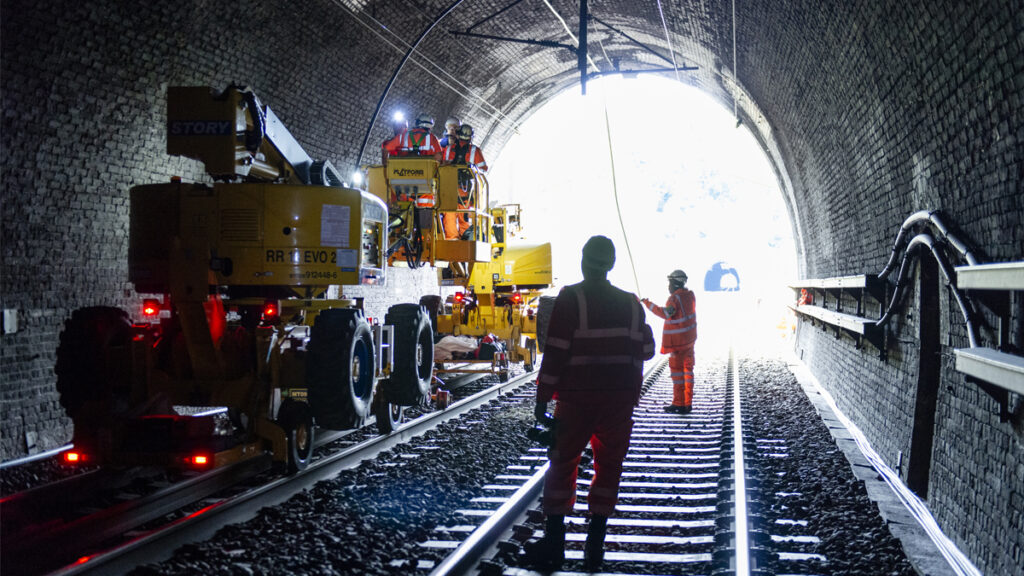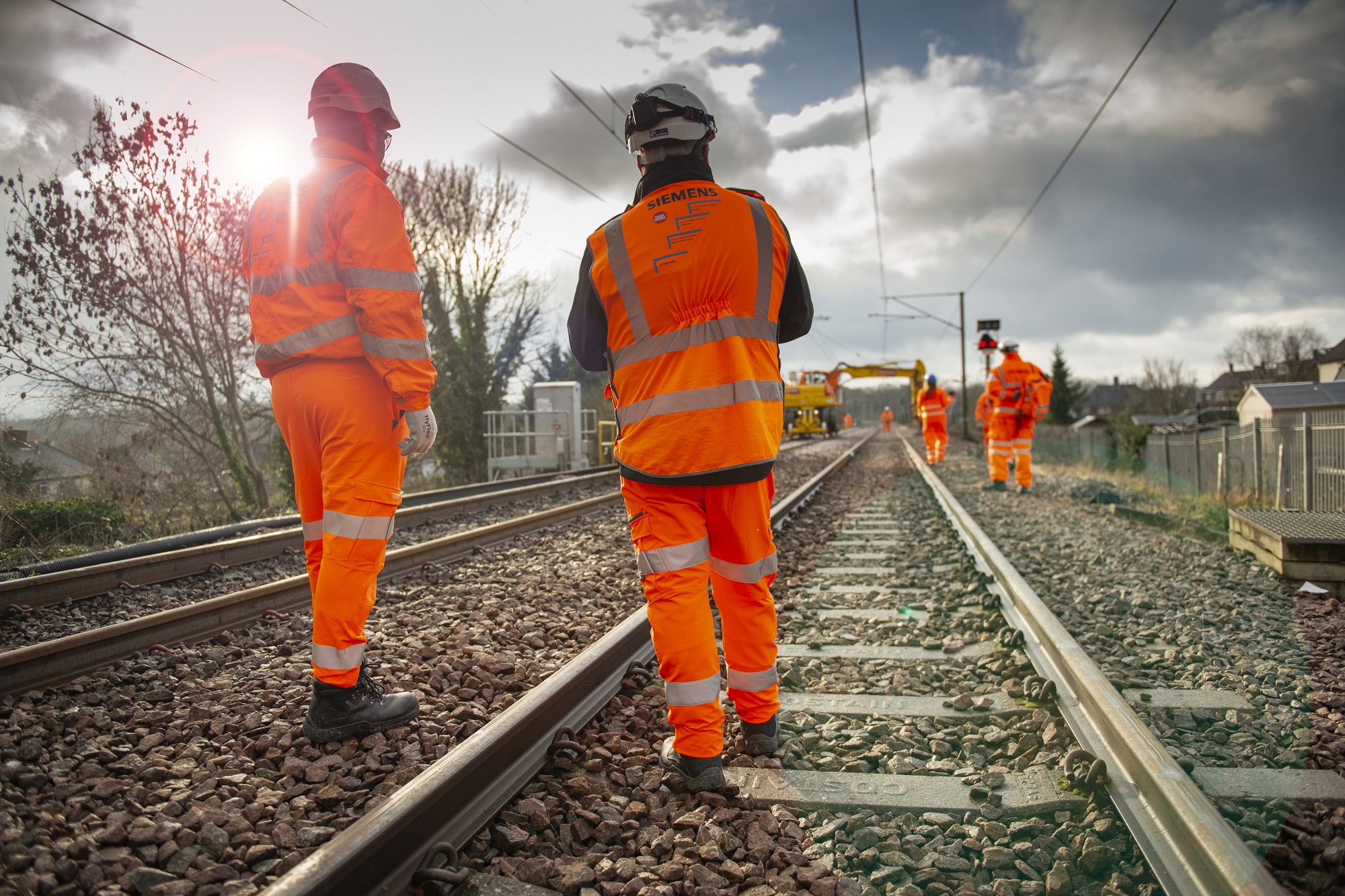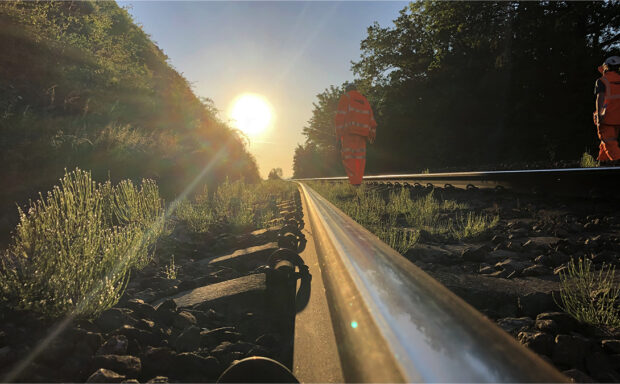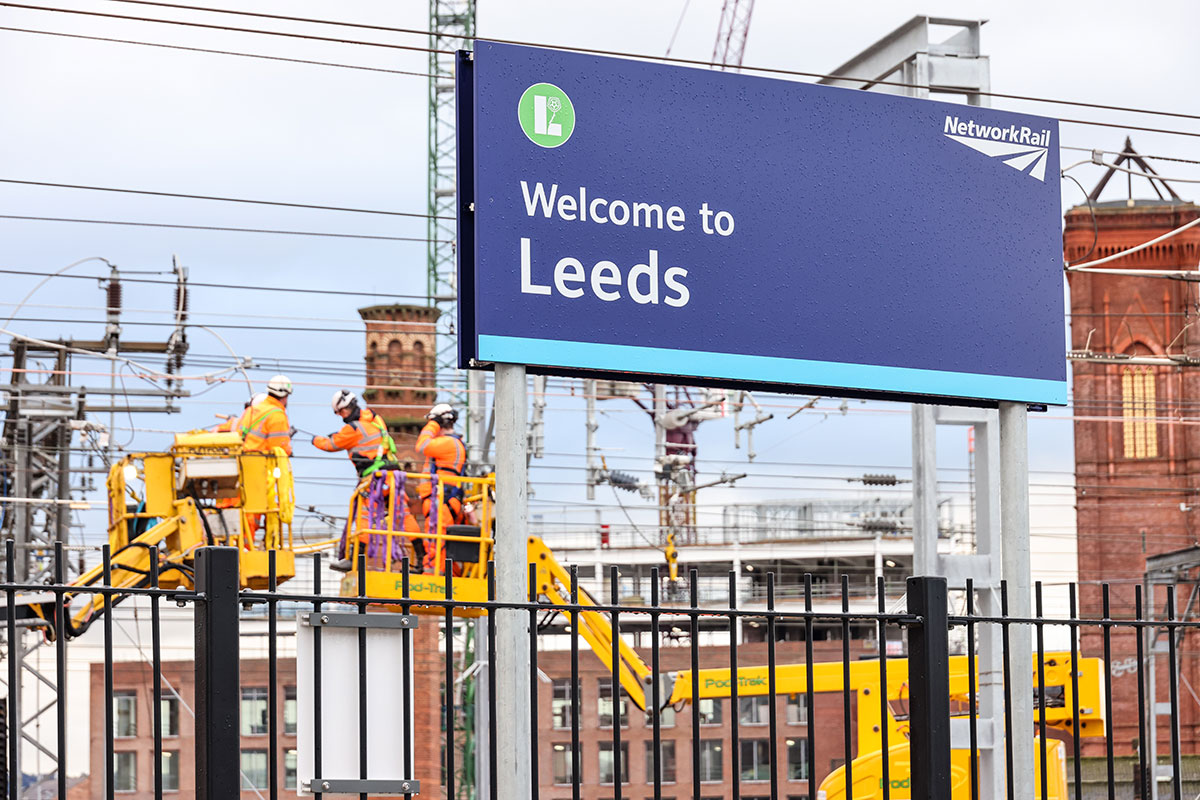The East Coast Digital Programme has taken another big step forward in its mission to bring digital signalling to one of our biggest railway lines.
We’ve commissioned new tech on the East Coast Main Line – which runs north out of London King’s Cross – between Welwyn Garden City and Hitchin.
Engineers worked around the clock between Saturday 17 and Tuesday 20 February to carry out the work.
The first overnight test trains will run from the spring. It’s part of our preparation for the first digitally signalled trains on the East Coast Main Line, which will run from next year.
The £1.4bn East Coast Digital Programme will change how train services on this line operate. It means digital signalling on a screen inside train drivers’ cabs, replacing traditional signals that sit next to the railway.
What will this mean for you? More reliable journeys and a greener railway.
A huge upgrade for the East Coast Main Line
The East Coast Main Line is one of Britain’s oldest routes. The line connects the capitals of England and Scotland via Yorkshire, York, Durham and Newcastle. The route starts at London King’s Cross and gives local commuter links into London as well as long-distance services through Yorkshire and the North East to Scotland.
The East Coast Digital Programme involves removing traditional signals from beside the tracks and replacing these with state-of-the-art digital signalling.
This new technology:
- allows trains to safely run closer together
- increases the capability of the route and potentially the number of services on it
- gives the ability to recover services more quickly when disruption occurs
- means less need for disruptive engineering thanks to less physical equipment.

How does it work?
This big upgrade means using European Train Control Signalling. This in-cab technology involves a system that enables continuous speed-based signalling to a computer screen in the driver’s cab of the train.
But what is speed-based signalling? The train driver has a screen display that gives continuous updates on the distance ahead. This lets the driver know if they must slow down or can safely speed up. The system is continually updated about the location of other trains by beacons positioned along the track.
In November, we celebrated the first stage of the East Coast Digital Programme with digital signalling on Great Northern’s Northern City Line from Finsbury Park to Moorgate in the City of London.
Traditional signals will stay on the side of the track until all drivers are trained and we can switch the old system off.
Currently, a quarter of all the trains operating between these stations are using the European Train Control Signalling system, with this number increasing as more drivers are trained on the system. It is expected that the Northern City Line will be a ‘no signals’ railway from early 2025.
Ed Akers, principal programme sponsor of the East Coast Digital Programme, said of the work between Welwyn Garden City and Hitchin: “Digital signalling is the future of the railway, and East Coast Digital Programme will deliver a more reliable and greener railway for passengers in the long term.
“We want to thank passengers for their patience and understanding over recent days while work was carried out.”




